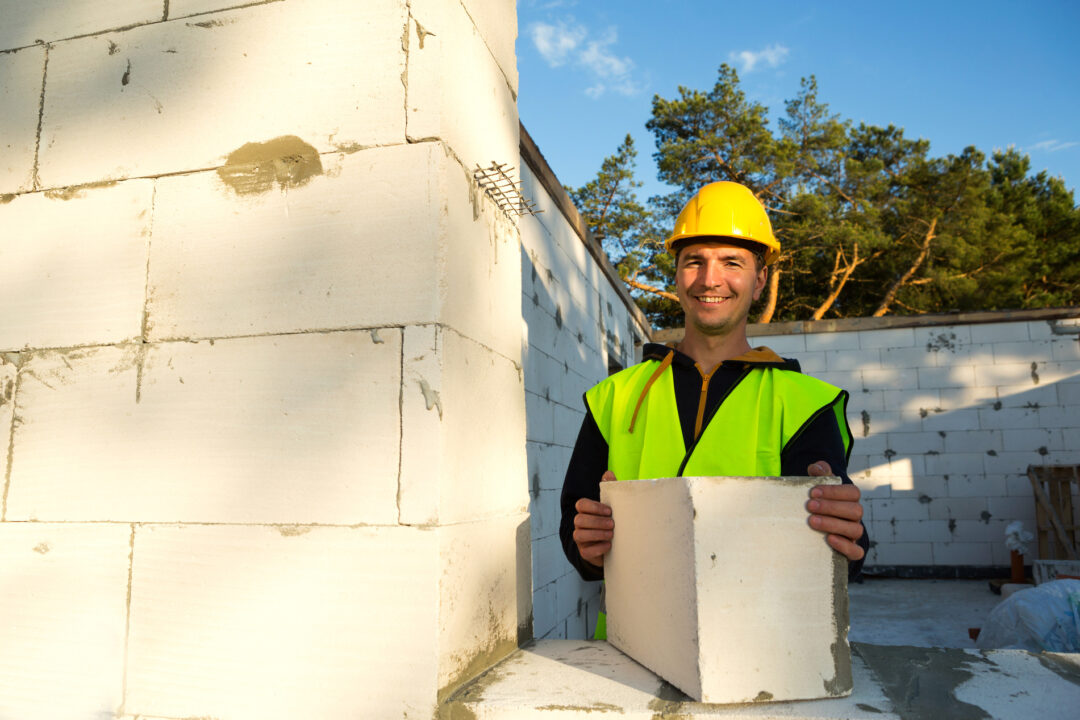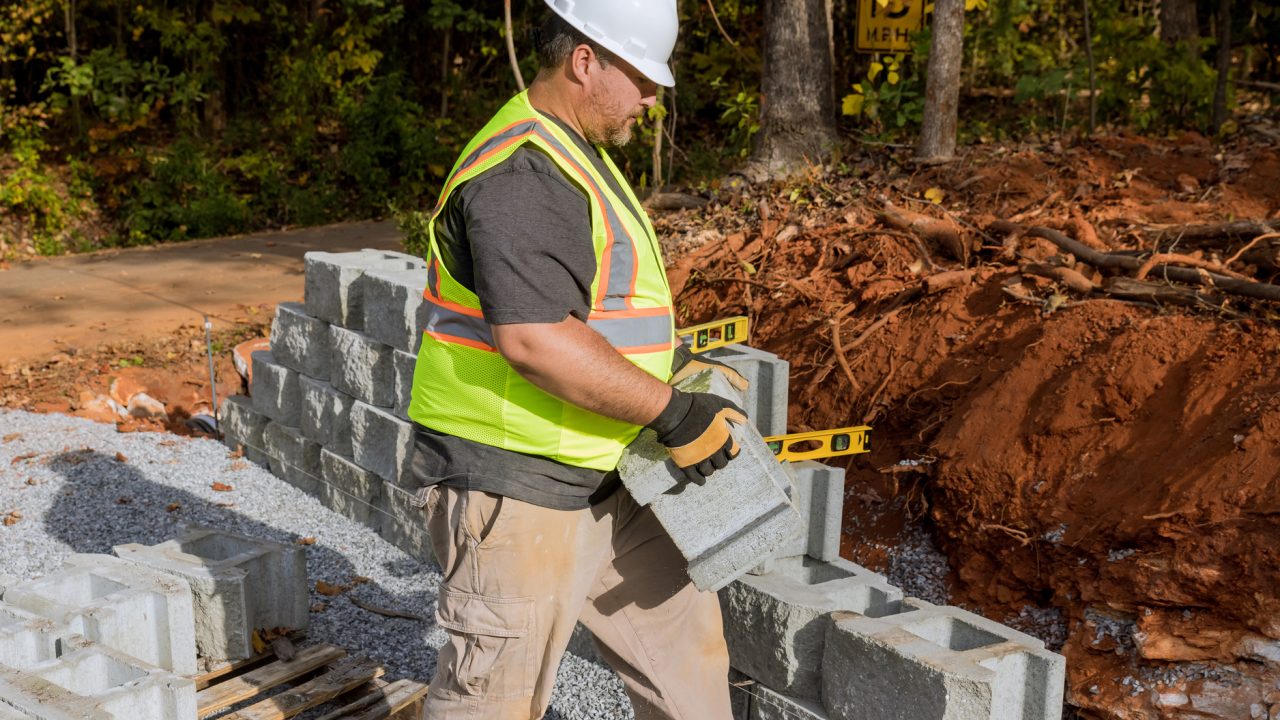Brick masonry, with its unmistakable charm and timeless appeal, is a popular choice for residential and commercial buildings. Beyond their aesthetic appeal, brick structures are durable, fire-resistant, and offer excellent insulation. Yet, like any architectural material, bricks and mortar are not immune to the impacts of time and the elements. Regular maintenance is crucial to protect the integrity of brick masonry and preserve its beauty for generations to come. This blog post shares practical tips and important steps on how to maintain your brick masonry.
Table of Contents
Regular Inspection
Monthly or quarterly inspections are the first line of defense in brick masonry maintenance. Look out for any signs of damage such as cracked or chipped bricks, eroding mortar, loose joints, or efflorescence – a white, powdery substance caused by salt deposits left behind when water evaporates from brick surfaces.
Problems caught early are often easier and less expensive to correct. If you spot these signs, contact a professional masonry contractor to assess the extent of the damage and advise on the steps necessary for repair or restoration.

Keeping Bricks Clean
Regularly cleaning your brick masonry helps maintain its appearance and longevity. But remember, bricks are porous; hence it’s important to be gentle. Avoid using harsh chemical cleaners or pressure washing, which could cause damage and discoloration. Instead, a simple scrub with a brush and mixture of water and mild detergent often works well. For stubborn stains, there are specially formulated brick cleaners available on the market.
Mortar Repairs (Repointing)
Over time, the mortar between bricks deteriorates due to exposure to environmental elements. When this occurs, it’s often necessary to perform a process called repointing, which involves removing the old, damaged mortar and replacing it with new mortar. Repointing not only enhances the structural integrity of the masonry but also revives its appearance. It’s advisable to hire a professional masonry contractor for repointing, as it requires skill and precision to maintain the visual consistency and structural integrity of the brickwork.
Sealing Brickwork
After cleaning and repairing your brick masonry, applying a sealant can provide an additional layer of protection. Sealants help to repel water, reducing the risks of erosion, staining, and frost damage while allowing the bricks to breathe naturally. Choosing the right sealant is important; it should be breathable, i.e., allow moisture vapor to escape from the bricks to prevent trapped moisture, which can lead to damage.
Monitoring and Managing Moisture
Moisture is one of the biggest threats to brick masonry. It can lead to a variety of problems including, efflorescence, freeze-thaw damage, and ultimately structural degradation. Regularly inspect areas prone to water accumulation, ensure proper function of gutters and downspouts, and repair any leaks promptly. Proper landscaping can also help direct water away from the building’s foundation.
Prompt Repair of Cracks
Cracks in brick masonry should never be ignored. Even small cracks can let in water, potentially leading to more extensive damage. Masonry contractors can usually repair cracks by injecting filler or employing other techniques to restore the structural integrity and appearance of the brickwork.
Conclusion
Maintaining your brick masonry isn’t just about preserving its appearance, but also about ensuring the longevity and safety of the structure. Regular inspection, gentle cleaning, and prompt repair of any damage are integral steps towards preserving your brickwork. However, because brick masonry requires specialized care, it’s advisable to engage the services of professional masonry contractors for any significant repairs or restoration. With thoughtful maintenance, your brick masonry can continue to lend its unmatched beauty and sturdy function to your home or building for a long, long time.






